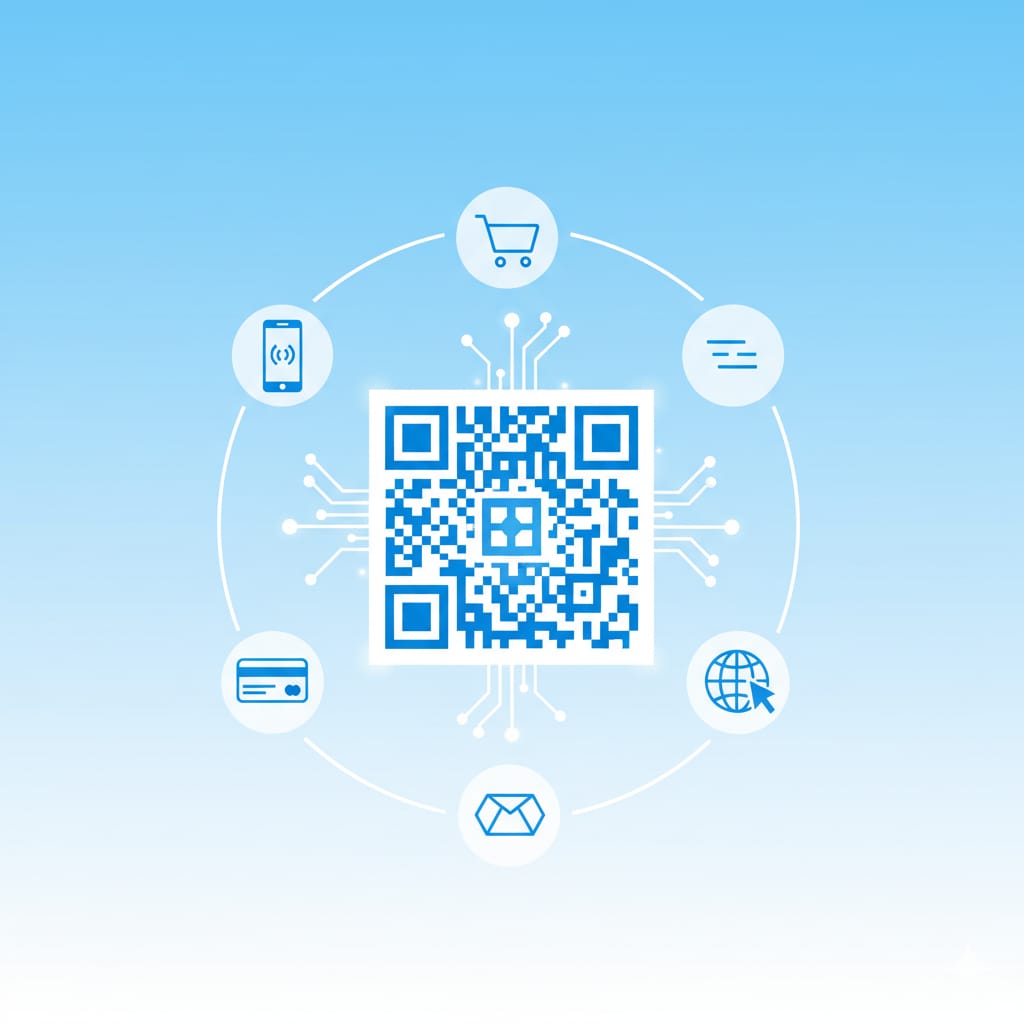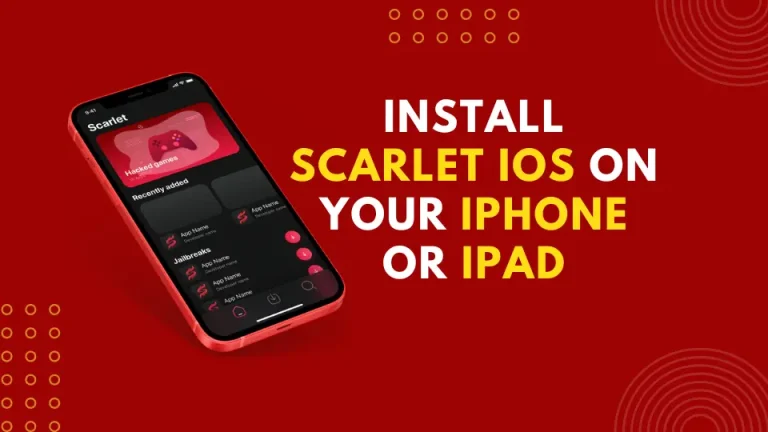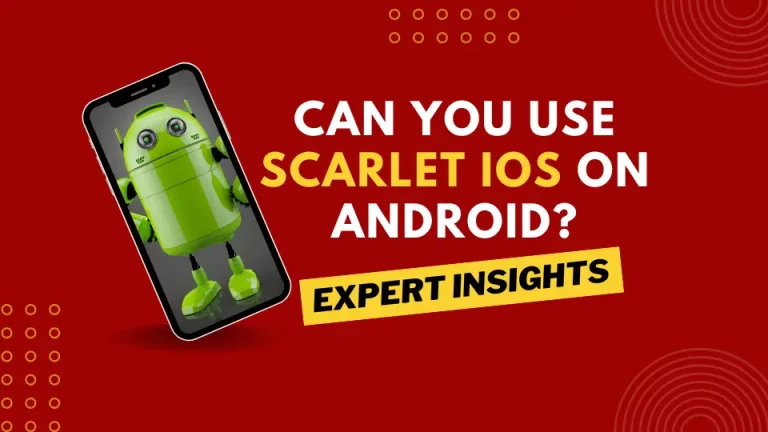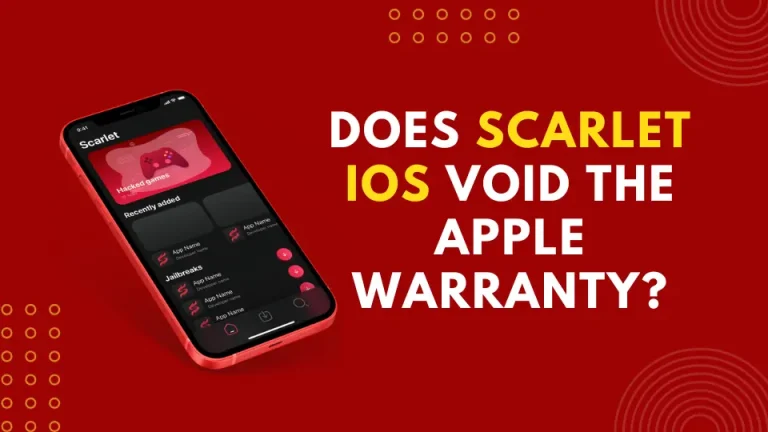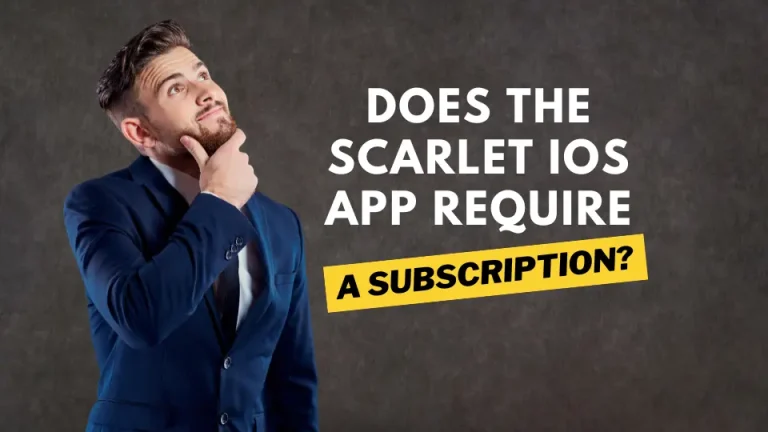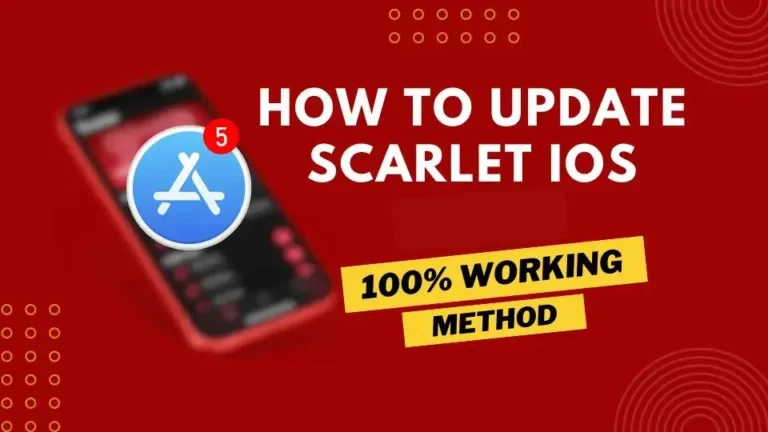Increased In-App Engagement with QR Features
Truly successful apps aren’t measured in downloads. The real challenge lies in keeping users engaged many months after they’ve installed the app. With so many competing apps, it’s very easy for people to download an app, use it for a short while, and simply forget about it.
For developers and marketers, this means building ways to consistently provide value and building experiences that are memorable and keep users coming back.
One of the powerful ways of making this happen is through QR technology. QR codes are no longer just a website link. Now, they are interactive tools bridging the world of physical and virtual experience, making apps more interactive and dynamic. They can shorten processes, generate curiosity, and even stimulate community engagement. Most importantly, they make apps relevant to everyday lives.
Why QR Features Resonate With Users
QR codes are gaining traction as they introduce convenience and interactivity. Scanning eliminates friction — skipping a login manually, collecting on an offer instantly, or accessing hidden content in a single step. In fact, developers that implement features developed using a QR code maker can craft distinctive user experiences that combine speed with creativity.
This simplicity is valuable since modern consumers demand efficiency. In the meantime, scanning is fun and even gamified. A code can lead to an unexpected reward, customized content, or exclusive feature, and this sense of discovery makes people engage in ways standard app flows just cannot.
QR Codes as Retention Triggers
The hardest task for anyone but the most popular apps is not downloading, but retaining. Folks forget about an app after that initial burst of interest. QR features avoid this by placing real-world triggers that will bring people back.
Picture a workout app where QR codes are placed on fitness equipment. Scanning them can log a session, track progress, and provide access to motivational guidance in the app. The app is now a part of the workout routine, confirming its value each time the user goes to the gym.
These are also advantageous for retail and loyalty apps. Instead of making consumers manually enter receipt codes in the hope of getting rewards, they can scan a QR code to update points instantaneously. This streamlined process not only boosts the customer experience but also encourages repeat interaction.
Raising the Customer Experience
QR capabilities enhance customer interactions by making them simpler and more enjoyable. A streaming music app may provide codes that launch customized playlists instantaneously, without searching endlessly. A clothes app may use QR codes within the shop to provide fashion tips, AR previews, or tutorials, making it easier to shop.
Social interaction is yet another opportunity. Referral programs are easier to execute when users can just scan and share QR codes with others instead of copy and pasting long codes. Ease of use converts participation into probability, stimulating growth and participation in the process.
The Numbers Behind QR Engagement
The expansion of QR features is being supported by strong statistics. Juniper Research is predicting QR coupon redemptions to reach more than 5.3 billion users worldwide by 2025. Surveys also reflect more than 70% of smartphone users believe QR codes make services quicker and more convenient to obtain.
Retention statistics tell the same tale. Apps that utilize QR-based functionality, such as instant rewards or gamified experiences, often see 20–30% spikes in retention rates compared to apps that do not. These figures show that QR interactions are not a brief momentary phenomenon — they are an effective way of maintaining user engagement.
Real-World Applications for Apps
The flexibility of QR technology offers the potential for an infinite number of engagement opportunities:
Gamification: Treasure hunt or challenges where scan codes uncover rewards or accomplishments.
Payments: Faster in-app buys or secure transfers via scannable codes.
Events: Codes on event tickets or posters to uncover in-app-only schedules, surveys, or AR content.
Products: Packaging linking to tutorials, warranty registration, or reviews inside the app.
All these instances turn mundane actions into fun experiences that make the app a must-have.
Building Community Through QR Features
Beyond individual convenience, QR capabilities generate a sense of belonging. At parties, a scan can associate guests with group chats or in-progress surveys. On games, codes can allow players to enter multiplayer mode or gain cooperative challenges.
These experiences place users within the realm of something greater, which increases commitment and justifies frequent use. The app stops being a tool — it becomes part of a shared community.
The Future of QR in Applications
Things will just get better for QR functionality in the future. Augmented reality apps will transform scans into experiences. Dynamic QR codes will render brands able to update content even after sharing, keeping campaigns dynamic. AI will also make personalization even more effective, linking people to tailored recommendations or chatbot conversations straight away through a swift scan.
Apps that embrace such innovations first will stay at the forefront, delivering richer and more contextually relevant experiences to their users.
Conclusion
User engagement is the oxygen of app success, and QR capabilities provide one of the most potent solutions for creating it. They reduce friction, add an element of discovery, and connect offline and online experiences in interesting ways.
From gamified marketing campaigns to loyalty rewards and social activities, QR codes are much more than a tool — they’re powerful retention and loyalty drivers. By integrating them in the user flow, developers are able to make their apps not only downloaded but people’s daily routines.

